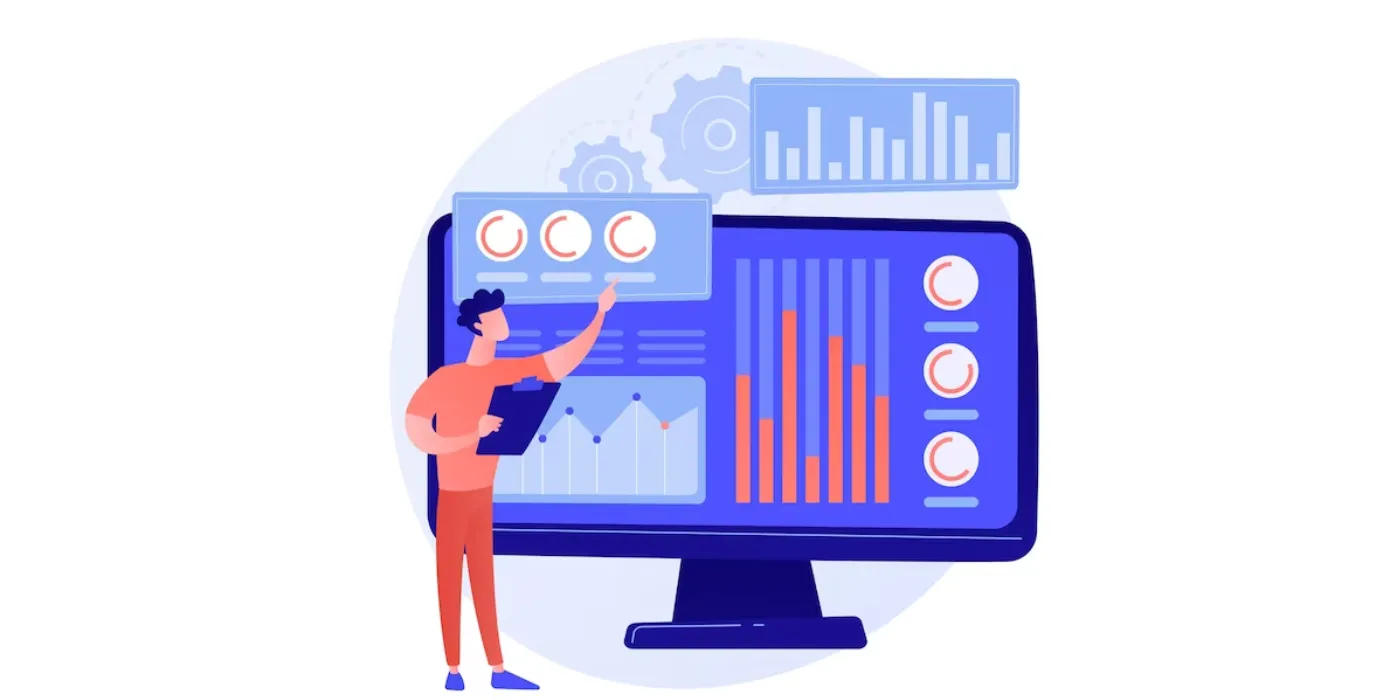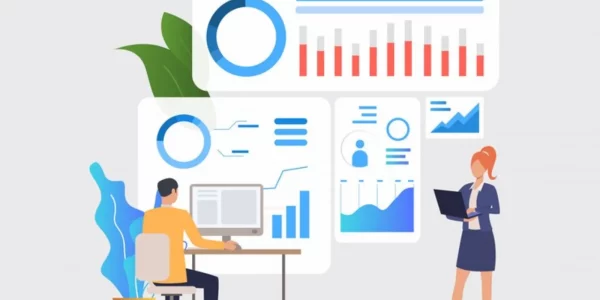In an increasingly interconnected digital landscape, Application Programming Interfaces (APIs) serve as the lifeblood of modern software systems. They enable seamless communication between various applications, ensuring the smooth functioning of websites, mobile apps, and web services. As the reliance on APIs continues to grow, so does the need for effective monitoring and management. In this article, we delve into the world of real-time API monitoring with instant insights, exploring its significance, key components, and how it’s poised to shape the technological landscape in 2024.

The Role of Real-Time Monitoring
API monitoring has long been a critical practice, but the emergence of real-time monitoring takes it to a whole new level. Real-time monitoring, as the name suggests, involves the continuous tracking of API performance and behavior as it happens. This approach differs significantly from traditional monitoring, which often involves periodic checks at predetermined intervals.
The Advantages of Real-Time Monitoring
Immediate Issue Detection
Real-time monitoring enables organizations to detect issues and anomalies as they occur, providing immediate feedback on the health of their APIs. This proactive approach allows for swift action and minimizes downtime, resulting in an improved user experience.
Enhanced User Experience
In today’s fast-paced digital landscape, users expect seamless interactions with applications. Real-time monitoring ensures that APIs meet these expectations by identifying performance bottlenecks and glitches in real-time, ultimately leading to enhanced user satisfaction.
Proactive Problem Resolution
By detecting issues before they escalate, real-time monitoring empowers organizations to take proactive steps in resolving problems. This not only saves time and resources but also helps maintain a positive reputation in the market.
Key Components of Real-Time API Monitoring
Data Sources and Metrics
Real-time API monitoring relies on a diverse set of data sources and metrics to gather insights. These sources may include server logs, transaction records, and network traffic data, while metrics encompass response times, error rates, and data throughput.
Real-Time Data Processing
The real-time nature of monitoring requires sophisticated data processing techniques. Stream processing technologies, such as Apache Kafka and Apache Flink, play a crucial role in ingesting and analyzing data as it streams in real-time.
Visualization and Reporting
Dashboard Integration
Effective real-time monitoring often involves the integration of customizable dashboards that provide a visual representation of API performance. These dashboards allow teams to quickly assess the state of their APIs at a glance.
Customizable Alerts
To stay ahead of potential issues, real-time monitoring systems can be configured to generate alerts based on predefined thresholds. These alerts can be sent via various channels, such as email, SMS, or Slack, ensuring that the right personnel are informed promptly.
Anomaly Detection and Predictive Analytics
Machine Learning Integration
The incorporation of machine learning algorithms enhances real-time monitoring capabilities. These algorithms can identify subtle anomalies in API behavior and predict potential issues, enabling organizations to take preemptive action.
Predictive Maintenance
Real-time monitoring is not just about fixing issues as they arise; it’s about preventing them altogether. Predictive maintenance models can analyze historical data to forecast when an API component might fail, allowing for proactive maintenance and minimizing downtime.
To make use of it, you must first:
- Go to Uptimeapicloud and simply click on the button “Start monitoring with 30-day Free Trial” to start using the API.
- After signing up in Uptimeapicloud, you’ll be given your personal Trail. Click on the Monitors option.
- Click on the New Monitor button and add the API details with the API name and URL.
- Once you are done, make the API call by pressing the button “Create” and see the results on your screen.
Here’s the Example:
Conclusion
The landscape of API monitoring is evolving rapidly, and in 2024, real-time monitoring with instant insights will be at the forefront of this transformation. Embracing this approach not only ensures the seamless operation of APIs but also empowers organizations to stay competitive in an ever-changing digital world. As we look ahead, staying informed, adopting cutting-edge technologies, and prioritizing proactive monitoring will be key to success in the realm of API management.
Here’s the Video Guide:

